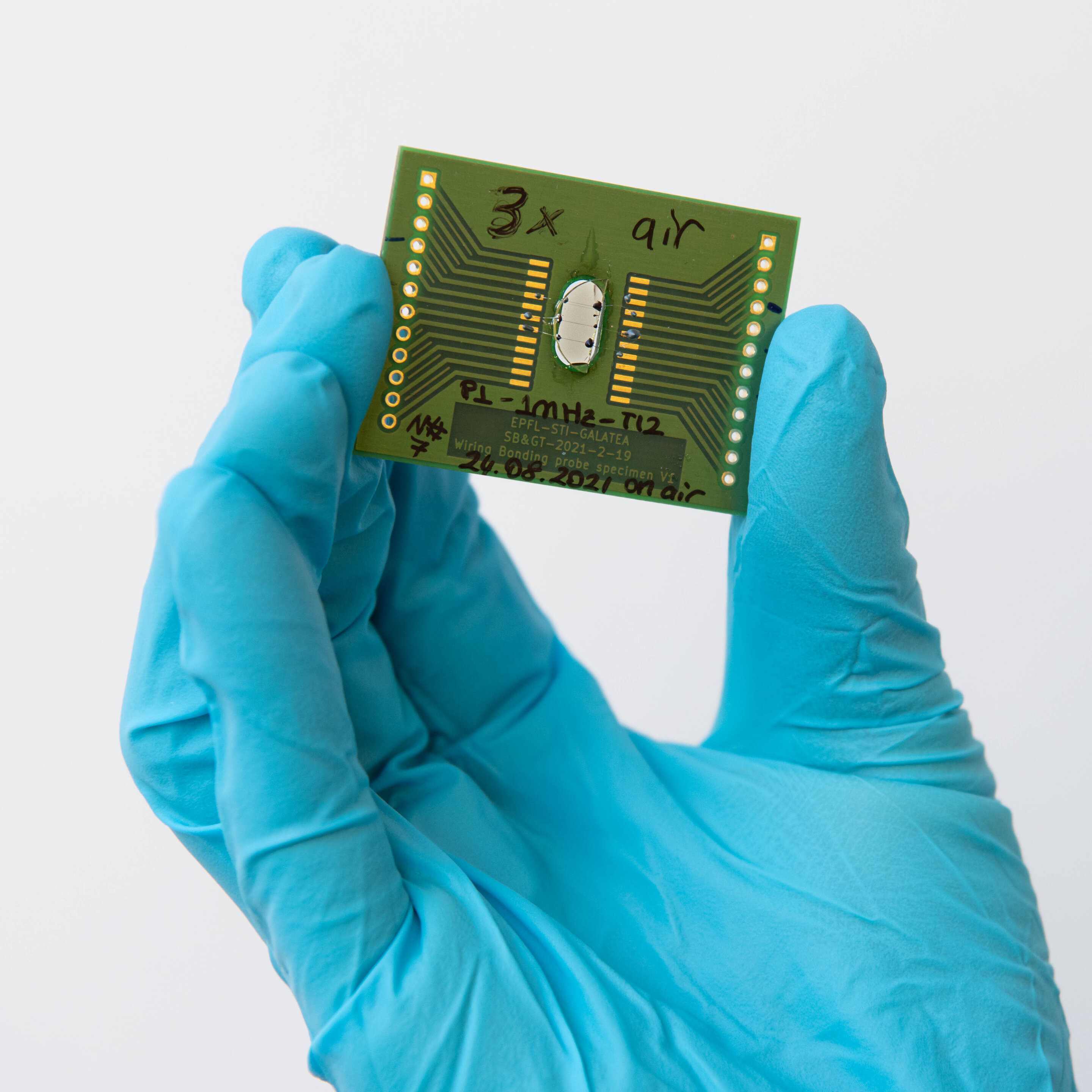
The potential of quantum technology is huge but is today largely limited to the extremely cold environments of laboratories...
Read More

The potential of quantum technology is huge but is today largely limited to the extremely cold environments of laboratories...
Read More
What happens when you expose tellurite glass to femtosecond laser light? That’s the question that Gözden Torun at the Galatea Lab at Ecole Polytechnique Federale de Lausanne, in collaboration with Tokyo Tech scientists, aimed to answer in her thesis work when she made the discovery that may one day turn windows into single material light-harvesting and sensing devices. The results are published in Physical Review Applied.
Interested in how the atoms in the tellurite glass would reorganize when exposed to fast pulses of high energy femtosecond laser light, the scientists stumbled upon the formation of nanoscale tellurium and tellurium oxide crystals, both semiconducting materials etched into the glass, precisely where the glass had been exposed...
Read More
“Frustration” plus a pulse of laser light resulted in a stable “supercrystal” created by a team of researchers led by Penn State and Argonne National Laboratory, together with University of California, Berkeley, and two other national laboratories.
This is one of the first examples of a new state of matter with long-term stability transfigured by the energy from a sub-pico-second laser pulse. The team’s goal, supported by the Department of Energy, is to discover interesting states of matter with unusual properties that do not exist in equilibrium in nature.
“We are looking for hidden states of matter by taking the matter out of its comfortable state, which w...
Read More
Recent Comments